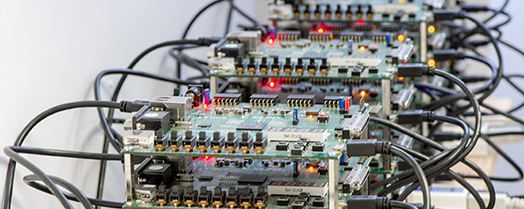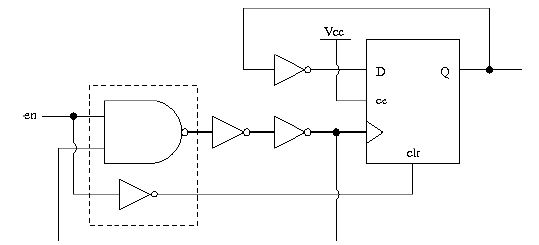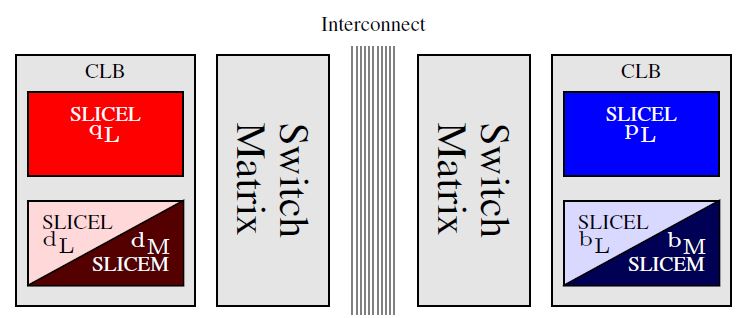Large Scale RO PUF Analysis over Slice Type, Evaluation Time and Temperature on 28nm Xilinx FPGAs
Runtime accessible, general purpose, secure secret storage based on physical unclonable functions (PUFs) implemented within the programmable logic fabric is one of the most interesting applications of PUFs on field programmable gate arrays (FPGAs). To properly evaluate the quality of a PUF design, data from a large number of devices is required. Now a huge dataset is available containing 100 repeated measurements of 6592 ring oscillators (ROs) on 217 Xilinx Artix-7 XC7A35T FPGAs. This is both larger, and based on a more recent technology node than other publicly available datasets of related work.
Apart from making the raw data publicly available, a thorough analysis is performed. The location and type of slice is found to affect the RO frequency by approx. 5 MHz, fast switching logic decreases the frequency by approx. 10 MHz, and ROs adjacent to clock routing resources showed an expected frequency of 20MHz less than others on the device. We also address the time-to-response of ring oscillator PUFs (RO-PUFs), which can be large, by optimizing the evaluation time with regard to the measurement precision and found 70.71 μs to be optimal for the device and architecture under test. The temperature induced bit error rate was estimated to be 3.5% and 5.8% for temperature differences of 60 C and 100 C respectively.
Finally, access to the FPGA array used to obtain the data will be granted to interested researchers.
 Fraunhofer Institute for Applied and Integrated Security
Fraunhofer Institute for Applied and Integrated Security 



